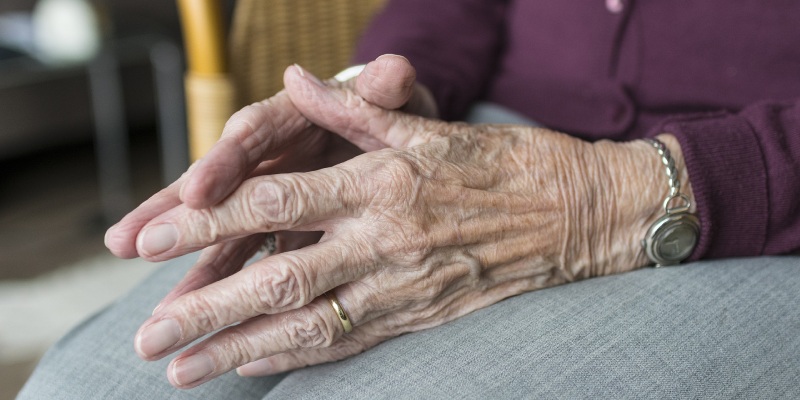Thousands of people across the States suffer from stroke every year. Stroke is one of the leading causes of long-term disability, and it statistically kills one victim every 4 minutes, a total of 140 thousand people annually. Understanding what a stroke is and what it looks like is crucial, especially when caring for an elderly family member. Most stroke sufferers only experience minimal damage if it is caught early enough, and knowing more about stroke, what causes it, and how to help those suffering from it can ultimately save a life.
Defining Stroke Simply
Our experienced team of free home healthcare professionals have seen the effects of many diseases, including those covered under EEOICPA/RECA. As far as stroke goes, there are varying definitions across the web and textbooks about what a stroke is, but simply put, a stroke is a lack of blood to the brain which leads to brain cell death. A stroke victim usually experiences a stroke in stages. There is something that often causes a lack of blood flow to the brain, such as a blood clot or other obstruction. The brain cells start to die quickly because of a lack of oxygen. The dead brain cells, which were once responsible for different aspects of the body, can no longer perform their functions, leading to a lack of muscular control and other bodily functions. This series of events is together what people are referring to when it comes to defining a stroke.
Symptoms of Stroke
People who are able to get to a care facility early often suffer substantially less damage or lasting effects from their stroke, meaning that if you are able to notice the symptoms of a stroke quickly, the better your chances of saving someone’s life. Some of the symptoms include:
- Trouble speaking or understanding
- Face, arm, or leg paralysis (often only on one side of the body)
- Numbness or weakness in the extremities and appendages
- Trouble seeing, with sudden blurry or blackened vision in one or both eyes
- Instant, severe headache and potential dizziness
A stroke victim may feel any of these symptoms, a combination of them, or all of them at once. A simple acronym to remember these symptoms is “FAST”:
- F: face – is one side of the face drooping?
- A: arms – can the person raise both of their arms above their head?
- S: speech – is the person able to talk?
- T: time – you have limited time to get a person to the hospital, so call 911 immediately.

How Stroke Occurs
Most strokes are the result of either a burst blood vessel or some blockage in the bloodstream, such as a clot or other obstruction. In either case, these lead to a lack of blood that starves brain cells of oxygen. There are several reasons that a blood vessel may burst or a blood clot could form, including age. About 65% of all stroke victims are over the age of 65, and it is often associated with the different medications they are taking for certain ailments. Having ailments such high blood pressure, high cholesterol, obesity, or diabetes, all of which deal with the circulatory system in some way, can also play a role in risk factors associated with stroke. If an individual wants to mitigate his or her risk of stroke, they should take the initiative to fix their diet, stop smoking, exercise, and live a generally more healthy life. A stroke will sometimes occur in different people for different reasons regardless, but you can reduce the risk by improving your overall quality of life, even as an older adult over the age of 65.
EEOICPA/RECA
Our professionals at UEW Healthcare strive to provide the best care to all of our in-home patients and offer training for family members to become qualified caretakers for their aging parents who qualify for EEOICPA / RECA benefits. Whether this care is associated with stroke or combination of covered illnesses under DOL EEOICPA and RECA, we are here to help. Call us if you qualify for care under these two government programs.